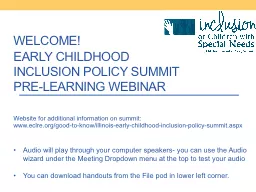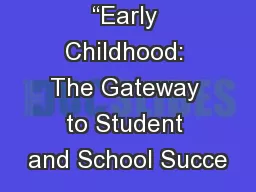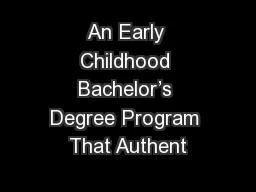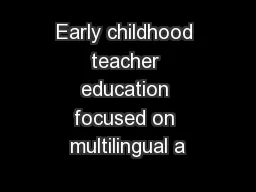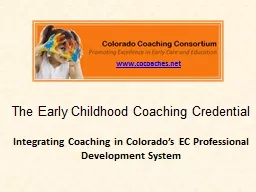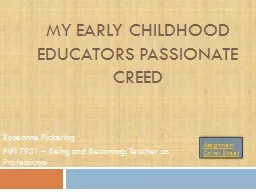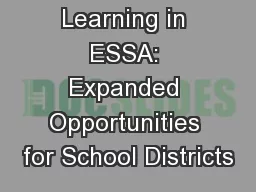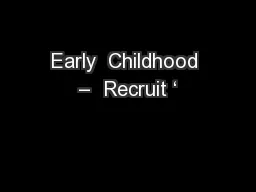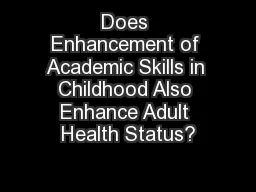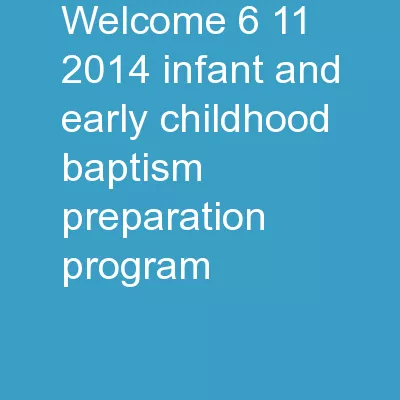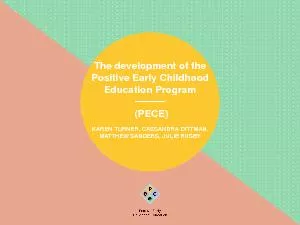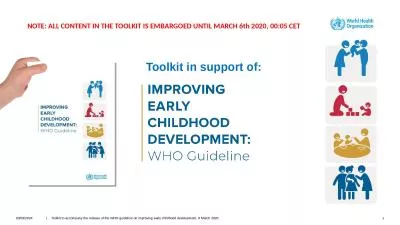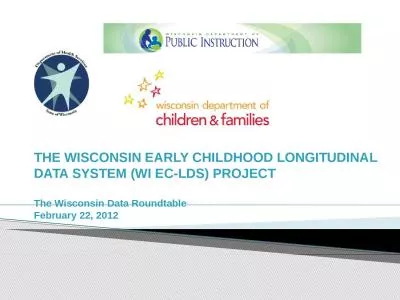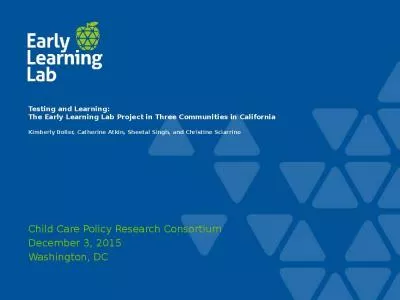PPT-Welcome! Early Childhood Inclusion Policy Summit Pre-Learning Webinar
Author : lindy-dunigan | Published Date : 2019-03-15
Audio will play through your computer speakers you can use the Audio wizard under the Meeting Dropdown menu at the top to test your audio You can download handouts
Presentation Embed Code
Download Presentation
Download Presentation The PPT/PDF document "Welcome! Early Childhood Inclusion Polic..." is the property of its rightful owner. Permission is granted to download and print the materials on this website for personal, non-commercial use only, and to display it on your personal computer provided you do not modify the materials and that you retain all copyright notices contained in the materials. By downloading content from our website, you accept the terms of this agreement.
Welcome! Early Childhood Inclusion Policy Summit Pre-Learning Webinar: Transcript
Download Rules Of Document
"Welcome! Early Childhood Inclusion Policy Summit Pre-Learning Webinar"The content belongs to its owner. You may download and print it for personal use, without modification, and keep all copyright notices. By downloading, you agree to these terms.
Related Documents

